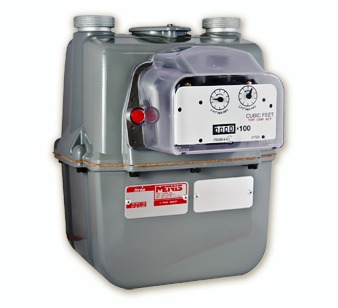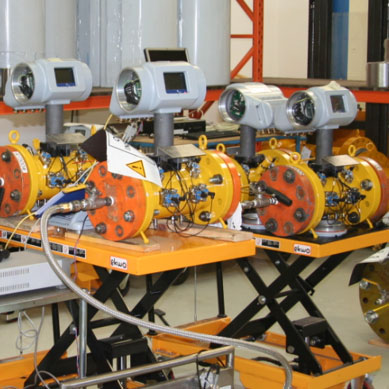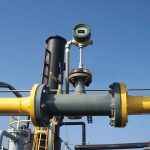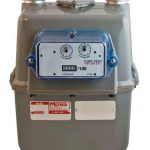Gas Flow Meter Types – Mass Flowmeter, Volumetric Flow and …
While many typically categorize gas flow meter types as either mass flow or volumetric flow, there are two other categories, velocity and inferential flow meters.
Natural Gas Flow Meter Types
Gas flow meters measure fluids, and fluids, which can be a liquid or gas. Since we are selling natural gas meters, this article will focus mainly on gas meter types.
Do you need help selecting the correct meter?
Mass Flow Meter Types
Mass flow meters measure fluid mass flow passing by the meter in a pipe over time. Another name for this meter type is an inertial flow meter. The primary mass flow meters for gas are:
 Volumetric Flow Meter Types
Volumetric Flow Meter Types
Volumetric flow meters measure a flowing volume of a fluid. Positive displacement meters are volumetric flow meters that directly measure volumetric flow by displacing components in the meter. Examples of volumetric flow meters for gas are:
Velocity Meters
Some meters measure the velocity of the gas flow to determine the volumetric flow. While the turbine meter fits this description, some often categorize it as inferential DP. Here are some velocity meters:
 Ultrasonic meter
Ultrasonic meter- Turbine meter
- Vortex shedding
- Magnetic
Inferential Meters
Inferential meters measure neither mass nor volume but use a property of the flow stream, such as pressure drop or the displacement of a float, to infer volumetric flow rate.
- Differential Pressure – In a ∆P flow meter, the flowing gas encounters an obstruction, creating a differential pressure that infers the volumetric flow when measured.
- Orifice Plate
- Annubar nozzle
- Pitot
- Venturi
- V-cone
- VA sensors (Rotameter)
Gas Flow Measurement Challenges
Gases are usually more difficult to measure over liquids because gas pressure and temperature impact the gas volume, and most gas flow meters measure or infer volumetric flow. For this reason, many flow technologies require temperature, pressure, and heating value compensation.
Heating Value Compensation
A gas volume measurement does not consider the quality of the gas or heat value. A utility company will charge a customer for the volume of gas they use, which is adjusted by a therm, calorific or heat value. This heating value is usually determined by gas chromatography which samples the gas, separates and measures the various components then calculates the heating value. Common constituents evaluated to determine the therm value for natural gas are methane, ethane, hydrogen, carbon monoxide, and water vapor.
Pressure and Temperature
The pressure and the temperature of the gas also need consideration for any flow meter (except mass flow meters). Gas meters are commonly installed downstream of a pressure regulator and calibrated to read accurately at the specified pressure. The utility company then adjusts for the pressure through the billing system.
Temperature adjustments occur differently. Some meters have built-in temperature compensation, while the temperature is corrected electronically in other situations.
Before Selecting a Flowmeter
Before selecting a gas flow meter technology for an industrial process or natural gas pipeline application, read the Gas Flow Meter Selection Guide.


